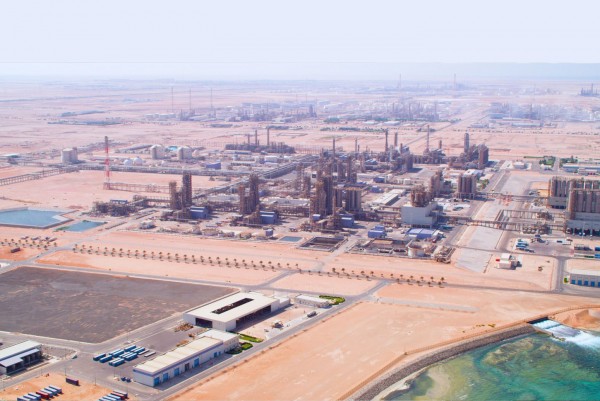Austrian Wholesale Prices: Largest Increase Since March 2011
In July 2021, wholesale prices saw their largest year-over-year increase since March 2011. The increases can be seen in the steel industry, gas industry, agricultural industry, and more. Read about which other industries the increases are affecting and just how significant the increases are.
 Wholesale prices of gasoline, including diesel, saw a 25.4 percent year-over-year increase from July 2020 to July 2021. / Picture: © OMV Aktiengesellschaft / ADNOC Refining Abu Dhabi
Wholesale prices of gasoline, including diesel, saw a 25.4 percent year-over-year increase from July 2020 to July 2021. / Picture: © OMV Aktiengesellschaft / ADNOC Refining Abu Dhabi
The wholesale price index (WPI 2020) for Austria reached 111.8 index points in July 2021, which is 12.1 percent higher than in July 2020. A comparably high index increase compared to the same month of the previous year was last measured in March 2011. When compared with the previous month of June 2021, prices increased by 1.5 percent. Therefore, the trend towards price increases in the wholesale sector is continuing. In June 2021, wholesale prices had already risen by 11.2 percent.
Significant year-over-year price drivers included scrap and residual materials (+116.7%), iron and steel (+88.0%), rubber and plastics in primary forms (+58.7%), hides and leather (+50.9%), other petroleum products (+39.3%), and cereals, seeds and animal feed (+30.4%). There were further price surges for non-ferrous metals (+29.9%), raw wood and semi-finished wood products (+29.5%), gasoline including diesel (+25.4%), agricultural machinery, equipment and supplies (+17.9%), fertilizers and agrochemical products (+15.7%), and solid fuels (+13.7%).
Notable price increases within one month were mainly driven by the prices of iron and steel (+8.5%), fertilizers and agrochemical products (+5.3%), raw wood and wood semi-finished products (+4.8%), and solid fuels (+4.6%). Additionally, motor gasoline including diesel (+4.4%), other petroleum products (+4.3%), non-ferrous metals (+2.8%), hides and leather (+2.5%), and scrap and residual materials (+2.5%) became more expensive. Cheaper prices were recorded for grains, seeds and animal feed(-1.5%), as well as rubber and plastics in primary forms (-1.4%).



